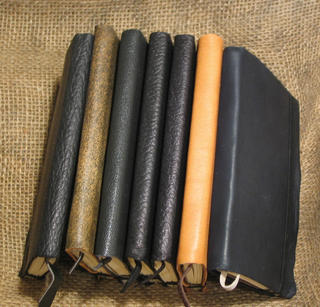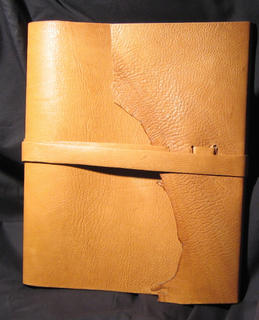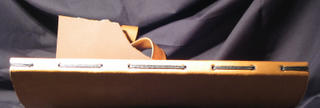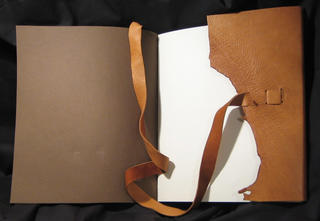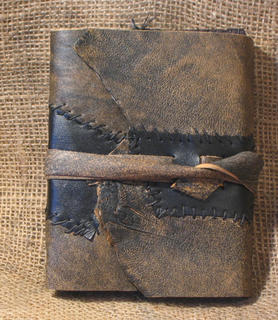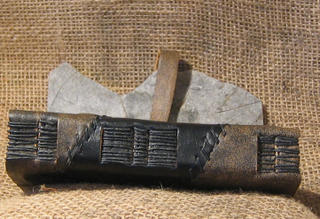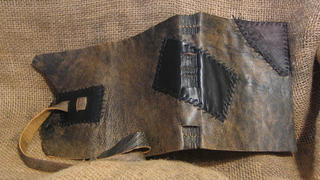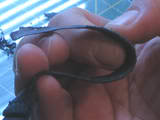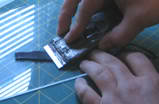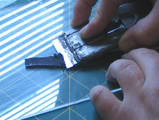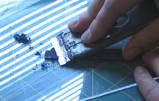I’ve been asked about my photo set-up. It’s pretty simple. I have a rolling metal cart that I put up against the wall. I use binder clips and non-maring poster putty to hold my backdrop up. I’ve used just tacks in the past. I’ve also used a chair. the main thing is that you need a right angle to hold your backdrop and your item.
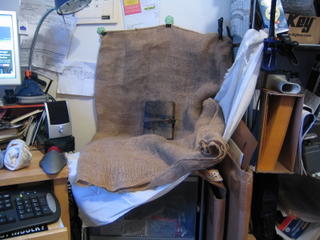
Because I have a DayJob I don’t always have a chance to take photos in the primetime of sunlight, I solved this issue by getting 2 halogen desk lamps with goosenecks. You can see them mounted on either side of my set-up. My canon camera has a setting specifically to handle halogen lamps. For a long time I used just one of the lamps and the overhead lighting in my apartment. For me it was important to get a gooseneck lamp so that I could move the light around to eliminate glare. Sometimes a shot is perfect but I’ll get glare, I move the light until I don’t see it in the picture anymore. It’s very simple.
The other item I use is also very simple- props. I have a washcloth that I secured with an elastic and a dishtowel that I tied with a scrap of leather. These let me lay my books down to get those oh so important spine shots. I like to have 2 of them to ensure I get a good angle on the books.
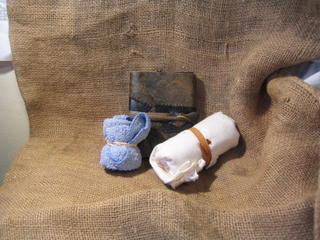
The only other item that is essential to a good shot of a book is a tripod. Essential, like don’t leave home without one. I picked up a basic tripod for elss than $20 at my local walmart. It has a level and most importantly an adjustable head for my camera, letting me adjust everything as i’m working.
This is the closest tripod I could find to mine:
tripod
The major difference with this to mine is that mine has a crank for the height adjustment.
Finally, I’ve turned off the flash. Flash is evil. Flash causes glare and wash out. It’s evil. That’s all we need to know about flash. When you turn off the flash it forces your camera to rely on ambient light and thus us a longer shutter timing. Which is why a tripod is so needed.
Just as flash is evil, timer is good. Many cameras have a timer setting. Use it. Its elminates most if not all of camera shake caused by pressing the button. the combination of the tripod and timer will improve shots dramtically. My shots went from slightly blury to sharp theminute I tried this out.
The final aspect of taking a good clean shot of your books is to get to know your camera and what it’s capable of. Learn the settings that it has. Take 100 pictures of a book and try out every setting and combination of settings your camera has to offer. It’s not like it has film and your losing cash with this- all you have to do is press delete and it’s gone. It’s time well spent.
My set-up cost me about $40. tripod-$20 Lamps $10 each. I scored a free burlap bag at work and had the black cloth laying around, but I think when I bought that it was $5, I bought 2 yarsd for another project. I also had soem unbleached linen. I have 3 options for backgrounds. I like the burlap because its matches the rough exterior of my journals, it’s rugged.
Hope that helps any qyestions one mught have about taking shots of your journals.
